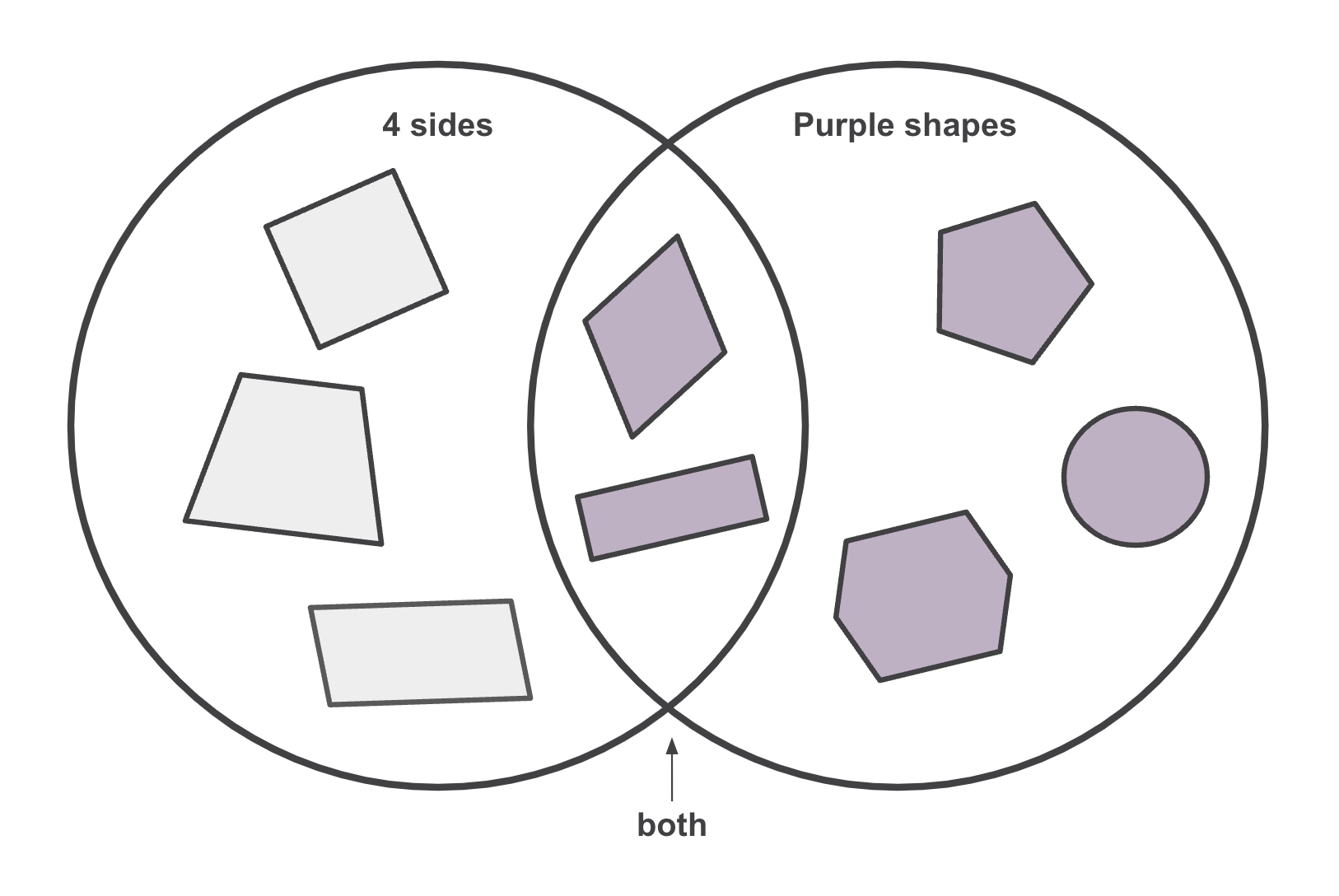Unleashing the 'Understanding' Strand: The 'Why' and 'How' of Maths
What if we told you that there are 4 secret strands of proficiency that are integrated in every maths lesson?
Are you intrigued to know what they are?
Brace yourselves as we delve into the realm of the 'why' and the 'how' of mathematics—the essence of the 'understanding' proficiency strand.
Through having a deep understanding of maths concepts, your child will be able to make connections with what they’re learning in maths, as well as justify and explain their thinking, which is a powerful tool.
Let’s explore the transformative power of understanding and how it empowers our children to become confident mathematical thinkers.
What is the ‘understanding’ proficiency?
This strand is all about building a robust knowledge of adaptable and transferable mathematical concepts. As they explore the relationship between the ‘why’ and the ‘how’ of mathematics, they deepen their understanding.
Children build understanding when they:
connect related ideas
represent concepts in different ways
identify commonalities and differences between aspects of content
describe their thinking mathematically and when they interpret mathematical information
Check out the ‘understanding’ proficiency across the primary years.
See how your child will develop understanding progressively across Prep to Year 6.
-
Connecting names, numerals and quantities
-
Connecting names, numerals and quantities
Partitioning numbers in various ways
-
Connecting number calculations with counting sequences
Partitioning and combining numbers flexibly
Identifying and describing the relationship between addition/subtraction and multiplication/division.
-
Connecting number representations with number sequences
Partitioning and combining numbers flexibly
Representing unit fractions
Using appropriate language to communicate times
Identifying environmental symmetry
-
Making connections between representations of numbers
Partitioning and combining numbers flexibly
Extending place value to decimals
Using appropriate language to communicate times
Describing properties of symmetrical shapes
-
Making connections between representations of numbers
Using fractions to represent probabilities
Comparing and ordering fractions and decimals and representing them in various ways
Describing transformations and identifying line and rotational symmetry
-
Describing properties of different sets of numbers
Using fractions and decimals to describe probabilities
Representing fractions and decimals in various ways and describing connections between them
Making reasonable estimations
3 ways you can strengthen your child’s understanding skills
Here is a list of questions you can use to stimulate your child’s maths understanding.
1. Prompt them to make connections
What is the same? What is different? See the Venn diagram below.
Can you group these ....... in some way?
Can you see a pattern?
How can this pattern help you find an answer?
What do you think comes next? Why?
Venn diagram
Want to try this at home? Simply grab a plate and trace around it to form two overlapping circles. Your child can use these to sort all different things!
For example, sort numbers (e.g. 9, 21, 33 etc) into multiples of 3 / multiples of 5, and some numbers such as 15 and 30 will be both.
2. Ask them to consider different methods
How many ways can you find to ....... ?
How many different ....... can be found?
Have you thought of another way this could be done?
Do you think we have found the best solution?
Can you represent this number in a different way? Partitioning is one way to do this.
Examples of partitioning numbers to represent numbers in different ways.
3. Ask them to describe their thinking mathematically and justify
These questions are best asked after your child has had time to make progress with the problem and perhaps achieved at least one solution.
How did you solve the problem? (First I…Then…)
Can you explain that your answer is correct?
What have you discovered?
How did you find that out?
Why do you think that?
What made you decide to do it that way?
Tutoring that fits you, not the other way round
Online tutoring is the go-to for parents these days, due to its incredible flexibility and higher levels of engagement for the child.
Conclusion
Getting the right support for your child is a big decision. Spending the time needed to research and have a call with potential tutoring companies is an important step and once you do land the perfect tutor, it will be bliss for both you and your child!
The stress of worrying about your child’s learning will be washed away, and the joy of seeing your child flourish and start to love learning, will put your mind at ease.
At Attain Education, we are always willing to lend an ear to parents. We have a genuine passion for providing expert tutoring for primary-aged children. If you’re considering getting a tutor for your child, why not book a call and have a chat with us. We’d love to know more about your child and their unique learning needs, and discuss how we can help.




